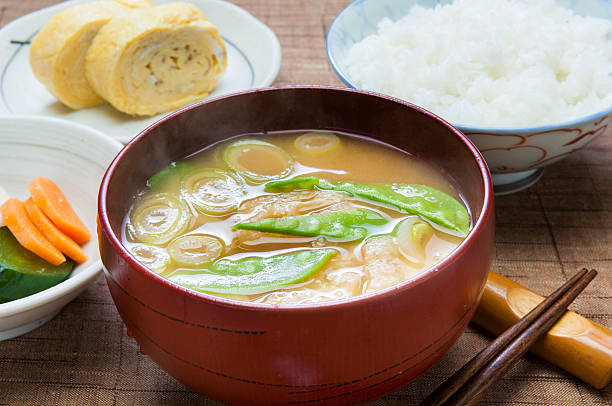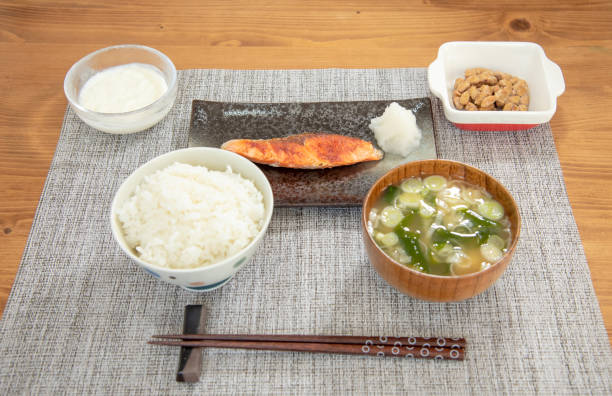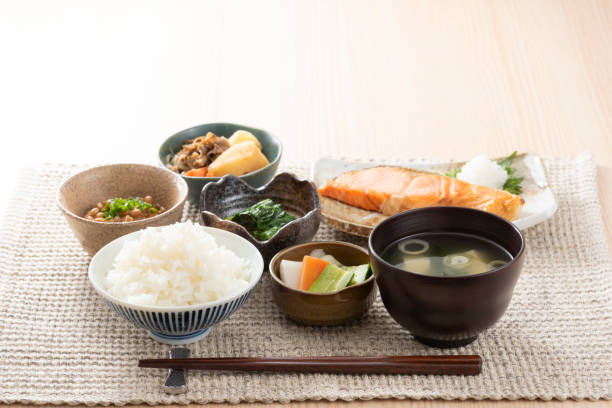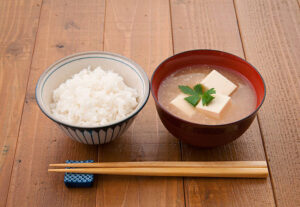\Click here to see major travel agencies in Japan./
「出張で宿がいっぱい!」こんな経験ありませんか?「JTBオススメ出張」で急な手配も安心!
Miso soup is a traditional Japanese soup that is commonly consumed in many households. Here are some key points about its culture.
Origins and History

The origins of miso soup date back to ancient Japan, with records indicating its existence as early as the Nara period (710-794 AD). By the Heian period (794-1185 AD), it had spread among the nobility, and by the Edo period (1603-1868 AD), it had become popular among commoners.
Basic Ingredients

Miso
A paste made from fermented soybeans, with varieties including white miso, red miso, and blended miso.
Dashi
A broth typically made from bonito flakes or kelp, though it can vary by region.
Ingredients
Common ingredients include tofu, wakame seaweed, green onions, potatoes, and mushrooms, which can be adjusted based on season and personal preference.
Regional Differences

The flavor and ingredients of miso soup vary by region. For instance, the Kanto region tends to use stronger-tasting miso, while the Kansai region prefers milder miso.
Part of the Meal

Miso soup is typically served with breakfast or dinner, alongside rice and other dishes. It is an essential component of a traditional Japanese set meal.
Health Benefits

Miso contains probiotics that aid in maintaining gut health, and the various ingredients in miso soup provide additional nutrients.
Modern Changes

Today, instant miso soup is widely available, making it easy to enjoy. There are also more variations catering to vegetarians and vegans.
Miso soup is a dish that symbolizes Japanese culture and is indispensable at the dining table. Its regional variations and seasonal changes are part of its charm.
\Click here to see major travel agencies in Japan./
「出張で宿がいっぱい!」こんな経験ありませんか?「JTBオススメ出張」で急な手配も安心!







